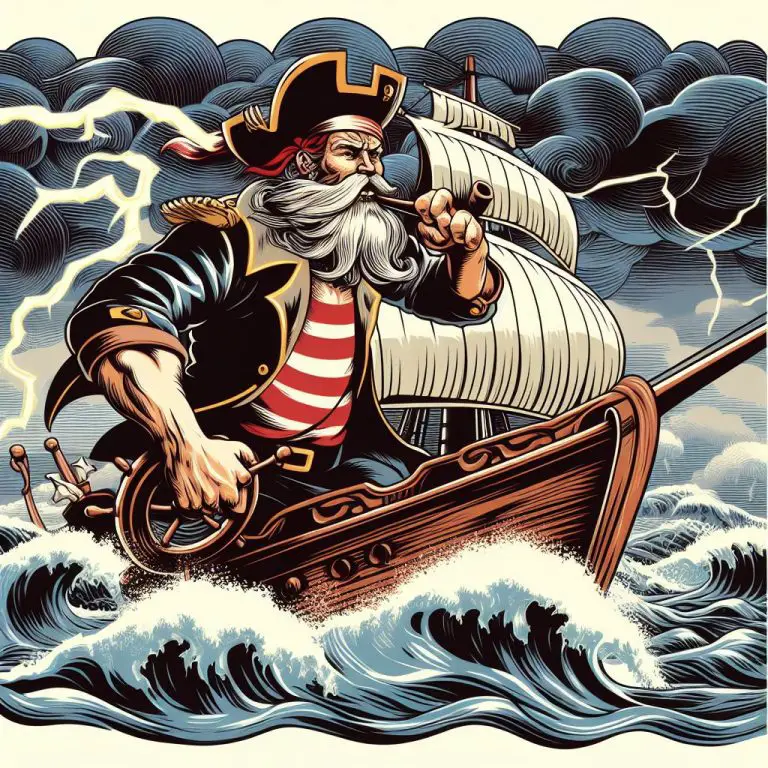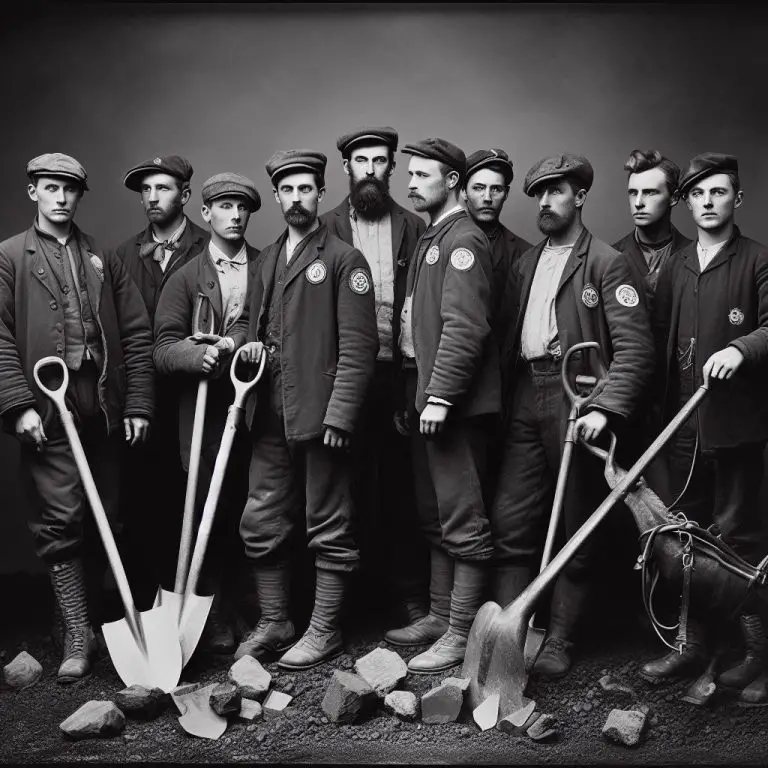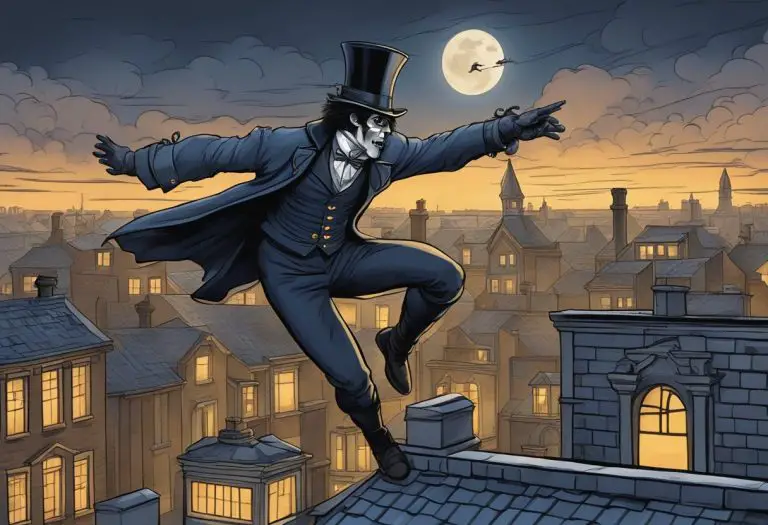Casey Jones: The Legendary Railroader of the Mississippi
Sure, here’s a potential title: “Casey Jones: The Legendary Railroad Engineer Who Became an American Folk Hero”
Casey Jones was an American railroad engineer who became a folk hero after his death in a train crash in 1900. He was born John Luther Jones on March 14, 1863, in Missouri. Jones worked as a locomotive engineer for the Illinois Central Railroad, based in Memphis, Tennessee, and Jackson, Mississippi. He was known for his skill in operating trains at high speeds, earning him the nickname “Cannonball” Jones.
On April 30, 1900, Jones was killed when his passenger train collided with a stalled freight train in Vaughan, Mississippi. According to legend, Jones died with one hand on the whistle and the other on the brake, trying to slow down his train and save his passengers. His bravery and dedication to his job made him a popular figure, and his death was commemorated in a number of songs and stories.
Despite his tragic death, Casey Jones remains a beloved figure in American folklore. His legacy lives on through the many songs, stories, and legends that have been passed down through the years.
Casey Jones: The Legend

Early Life
John Luther Jones, who later became known as Casey Jones, was born on March 14, 1864, in Missouri. He grew up in a family of farmers and was the eldest of five children. Jones attended school until the age of 14, when he dropped out to help his family on the farm.
Train Career
Jones began his career as a telegrapher for the Mobile and Ohio Railroad in Jackson, Tennessee. He later became a train engineer for the Illinois Central Railroad, where he gained a reputation as a skilled and reliable worker. Jones was known for his ability to keep his trains running on time, and he was often called upon to take over for other engineers who were unable to make their scheduled runs.
On April 30, 1900, Jones was at the controls of the Illinois Central’s Cannonball Express when it collided with a stalled freight train near Vaughan, Mississippi. Jones stayed at the controls of his train, trying to slow it down and save his passengers, even as the impact sent him flying from the cab. Jones died in the crash, but his bravery and dedication to his job made him a hero in the eyes of many.
Jones’s legend grew in the years after his death, and he became the subject of numerous songs and stories. Today, he is remembered as a symbol of the brave and hardworking men and women who helped build America’s railroads.
The Fateful Night
On April 30, 1900, John Luther “Casey” Jones was the engineer of the Illinois Central’s Cannonball Express train No. 1, running from Memphis to Canton, Mississippi.
Jones was known for his punctuality and his love of speed. On this particular night, he was running late, and he was determined to make up time.
As the train approached Vaughan, Mississippi, Jones was warned by a signalman that there were several freight cars stalled on the main track ahead. Jones quickly applied the brakes, but it was too late. The Cannonball Express crashed into the back of the freight train, causing a massive collision.
Jones was killed instantly in the crash, along with his fireman and a mail clerk. Several other passengers and crew members were injured.
The cause of the accident was determined to be a miscommunication between the signalman and the freight train crew. Jones was hailed as a hero for his efforts to slow the train down and save as many lives as possible.
The story of Casey Jones has become a legend in American folklore, and his name has become synonymous with bravery and heroism.

Legacy and Impact
Casey Jones has left a lasting legacy on American culture and history. His heroic actions as a train engineer have been celebrated in popular culture and memorialized in museums and memorials.
In Popular Culture
Casey Jones became a folk hero after his death in a train crash in 1900. His story was commemorated in a number of songs, including “The Ballad of Casey Jones,” which became a hit song in the early 1900s. The song has been covered by many artists over the years, including Johnny Cash and Pete Seeger. Casey Jones has also been the subject of several movies and TV shows, including a 1927 silent film titled “Casey Jones”.
Museums and Memorials
Casey Jones’ legacy is also honored in several museums and memorials across the United States. The Casey Jones Home and Railroad Museum in Jackson, Tennessee, is located in the house where Casey Jones lived with his family. The museum features exhibits on Casey Jones’ life and career, as well as a collection of railroad artifacts. In addition, there are several memorials dedicated to Casey Jones, including a statue in Jackson, Tennessee, and a plaque at the site of his death in Vaughan, Mississippi.
Overall, Casey Jones’ legacy as a heroic train engineer has had a lasting impact on American culture and history. His story continues to be celebrated and memorialized in various forms, ensuring that his memory will live on for generations to come.

Casey Jones in Music and Film
Casey Jones has been a popular subject in music and film since the early 20th century. The folk song “The Ballad of Casey Jones” was written in 1909 by Wallace Saunders, an African American engine wiper for the Illinois Central Railroad. The song tells the story of Casey Jones and his heroic efforts to save his train and passengers from a collision. The song became a hit and has been covered by numerous artists, including Johnny Cash, Pete Seeger, and the Grateful Dead.
In addition to the folk song, Casey Jones has been the subject of several films and television shows. One of the most popular adaptations was the 1957-1958 television series “Casey Jones,” which was based on the life of Casey Jones and his adventures as a railroad engineer in the late 19th century. The show starred Alan Hale Jr. as Casey Jones and Bobby Clark as his sidekick, Red Rock.
Casey Jones has also been featured in several films, including the 1939 film “Union Pacific,” which starred Barbara Stanwyck and Joel McCrea, and the 1941 film “The Great Train Robbery,” which starred Bob Steele and Claire Carleton. More recently, Casey Jones was portrayed in the 2016 film “Teenage Mutant Ninja Turtles: Out of the Shadows,” where he was played by Stephen Amell.
Overall, Casey Jones has become a beloved figure in American folklore and continues to inspire music and film adaptations to this day.
As the lead author at People Epics, Hilary Chapman combines a passion for storytelling with a love of history, pop culture and psychology. With a background as a tour guide in historic places and a flair for uncovering fascinating tales, Hilary brings life to the stories of legendary figures and modern celebrities alike. Her engaging writing style invites readers to explore the intriguing connections between their lives and those of the famous personalities who have shaped our world.







